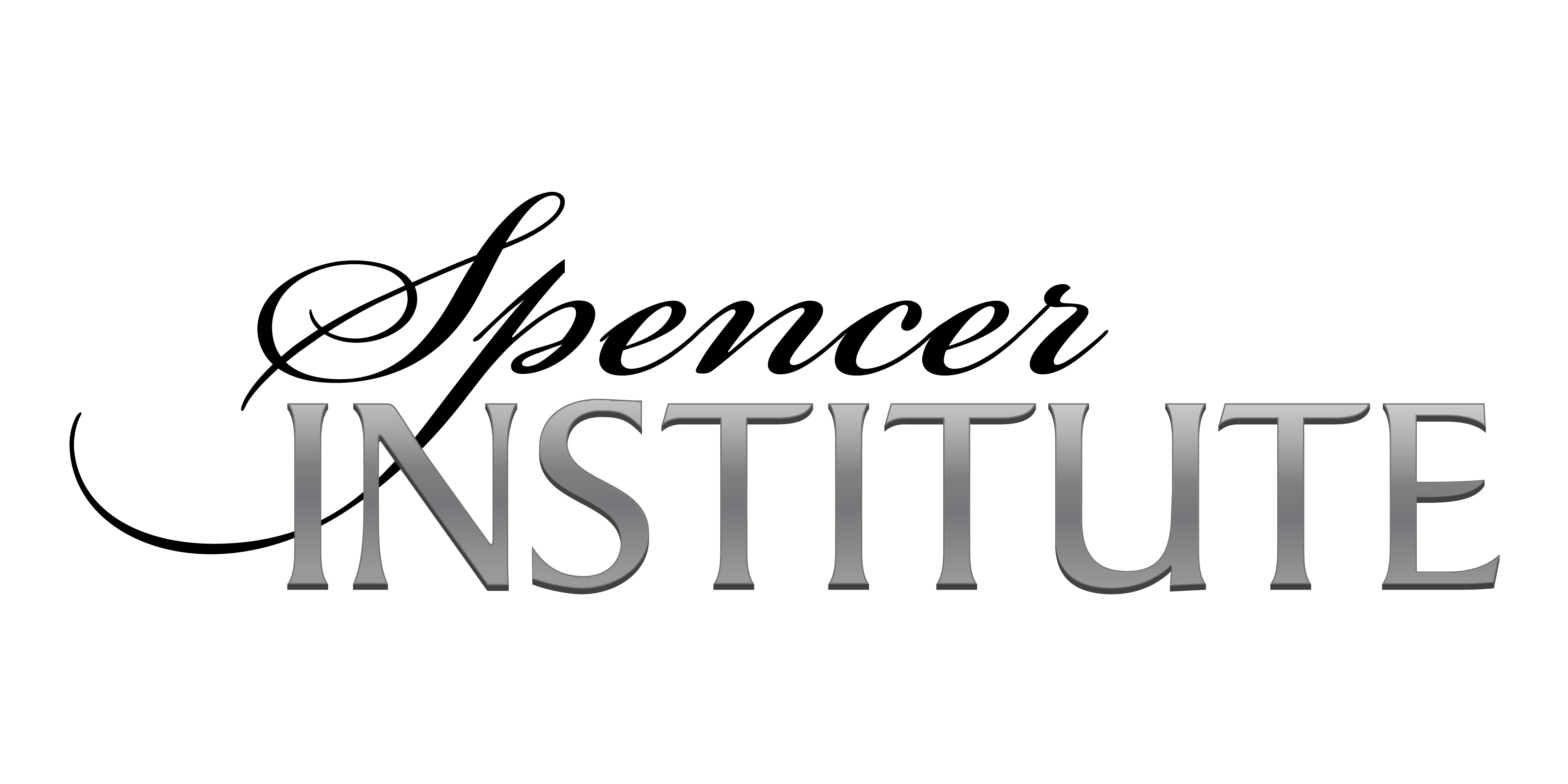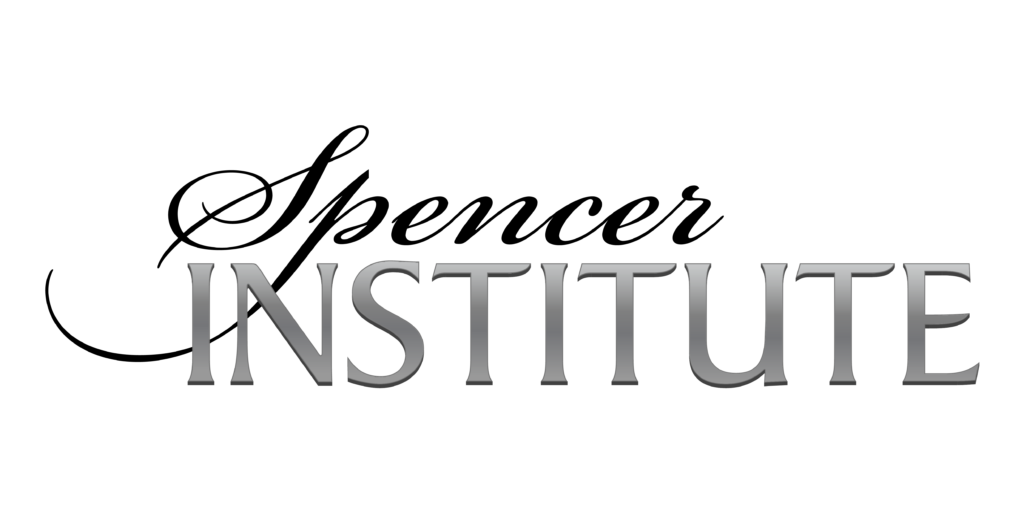Future Pacing and Perceptual Positions
Future Pacing
The purpose of future pacing or attaching new learning to events in the future is to give us an opportunity to move forward into new adventures easily and with a deep sense of centeredness. A tangible example would be a dress rehearsal for an event, like a wedding or performance, so that the event will be well-practiced and familiar when it actually occurs. Mental future pacing is done in the imagination with visual imagery predicting success.
- Think of what is needed to remember (task)
- Decide when/where is the best time to do it
- Choose a stimulus in the real world that can be counted on to normally occur at the chosen time and place.
- Represent stimulus in Visual, Auditory, and Kinesthetic (VAK) and then connect it to the task in VAK.
Example: Task – Remember to call your friend when you get home.

Future pacing is to be done at the end of every intervention or session. This will give your client a way to take progress or action steps into their world with more chance of success.
Future pacing will take the form of direct homework to practice or visualizing a particular change successfully. This also sets up an accountability between Hemispheric Integration/NLP practioner and client.
Perceptual Positions
The concept of thinking through more than just one perceptual position in any interaction is really at the core of achieving balance. In our communications, it is imperative that we view situations from more than one perspective. This brings more information and more options so that we are able to make better decisions, have more compassion and awareness, and give ourselves feedback on how we are being perceived by others. In other words, we can see the world from different or multiple points of view.
As a child we start out from only our own point of view, everything is about our experience through our own eyes, ears and feelings. Gradually we become aware that there are others and that they have a different point of view. Much later we develop the ability to dissociate into a third perspective by being on the outside looking at the whole scene. Historically this is called 1st, 2nd, and 3rd Positions.

Coaching Exercise for Awareness of Perceptual Positions
- Think of a situation in which you had a disagreement or argument with another person. You know you are right and they are wrong – a sense of self-righteousness.
- From your own point of view replay this memory of the situation. Close your eyes and imagine being in that situation as yourself, looking out of your own eyes, saying what you said, hearing what you heard and feeling what you felt. Notice the interaction, how do you know you are right and they are wrong? Notice the nature of the disagreement.
- Now shift to the position as an observer of the scene. Watch what happens between those two people and notice how it may be slightly different from this perspective. “Hmm… interesting”. Notice how it feels as a dispassionate observer who is just watching this interaction.
- We are going to make one more shift. This time, step behind the other person. In your imagination, put your hands on their shoulders and squat down so you are looking from their perspective back at the other person over there (yourself) and replay the scene from this point of view. How does this person experience you? Notice what is for them – get a sense of their perspective without actually becoming them. Just step into their shoes and have the same conversation again. Sit the way their body is, talk the way they would. Return to observer position
- Open your eyes, shake off the other person and step back into your own reality. “This is me and that’s the other person” – with directional gestures. Now play the movie again as yourself with the information from the added perspectives of observer and other. What do you notice? Is there more understanding or compassion? What can you learn from this experience?
As an excellent communicator, this is an invaluable tool to have available for yourself, and it is an important tool to share with others to facilitate balanced and respectful interactions.
As Self – Life is good. This is where we are able to fully experience life. People who are stuck outside of their bodies have a hard time experiencing physical sensations. It is important to be in your own mind/body when planning things, making decisions, being creative, and setting boundaries. When we fall out of balance, we can become co-dependent on others for their view of the world and often do not set healthy boundaries for self. Another direction of imbalance is to take in no information from the outside and become narcissistic and locked into only self-experience, which can be intrusive and disrespectful of others.
Checklist for a Balanced Self Position:
- Seeing, Hearing and feeling life from my own perspective.
- I am in touch with my own beliefs, values and ethics, mission and purpose.
- I can be assertive, put my stake in the ground – set healthy boundaries.
- I am authentic – and I have awareness of other perspectives.
- I care for myself – body, mind and spirit.
As Observer – Life is objective and curious. By momentarily stepping out to get a full view of the situation, we gather useful information to facilitate creating win-win results. This is a much more neutral and expanded perspective. This is the position of the Mediator – no agenda other than an equitable resolution of the interaction. A Computer operator once noted that, “Part of what makes me good as a computer analyst is to step back and see the whole system – the problem is sometimes I forget to leave it at work. When I can’t turn it off, I’m not fun to be married to.”
Checklist for a Balanced Observer Position:
- Seeing hearing and feeling from a detached observer perspective.
- I watch and listen to the parties involved as they communicate.
- I gain an overview, a big picture of the situation. • I notice patterns, similarities and differences in interactions and relationships.
- I send back any stress or negative feelings felt by either party.
- I can bring useful information in the self-position from what I observe here.
- I am neutral – allowing for more options to be presented • I can see the forest and the trees.
In Other’s perspective – This position is for information gathering. How is this person being the way they are in this interaction? It’s the structure of compassion, develops empathy, and is the healer of prejudice. If you want to help somebody change, it is important to have a glimpse into his or her reality. When modeling, this position is extremely valuable to gain the full experience of that person’s way of getting their results.
Checklist for Learning from Other Position:
- Seeing, hearing and feeling through their perspective.
- I can sense what you might want.
- I can gain compassion for your experience, without taking responsibility.
- I can model your experience and behavior.
- I can begin to predict how you will respond and what you will do.
Each of these perspectives is a valuable tool. Sometimes, in the face of something unpleasant, it is useful to temporarily dissociate from your own experience. Take a bigger view of the situation, decide what boundaries or other choices might be useful, and then step back into self with this information. We want all of these viewpoints as available choices. Practice being able to expand your repertoire by readily accessing each position when it will be valuable for you.
When you are doing work with other people there is a dual goal. On one hand it is to be compassionate, to step into their shoes, to gather information about how they are being limited. And, on the other hand, if you’re going to helpful, you also need to be able to step out and exercise the authority to guide them to more options toward success. Develop the wisdom of knowing when to step in and when to have appropriate distance by stepping out. Keep your resources. If someone is down in a hole and they invite you in to help them out – this is not a good plan. Go get a ladder!
Getting Started
This article was written by Al Sargent and Marilyn Sargent of Success Design International. They are the authors of the Spencer Institute’s Life Strategies Coach Certification and the Results Coach Certification.
If you found this article helpful, you will want to click over it and get more information on how to use this in a coaching setting. For more information on Al and Marilyn, visit www.repoweryourlife.com











